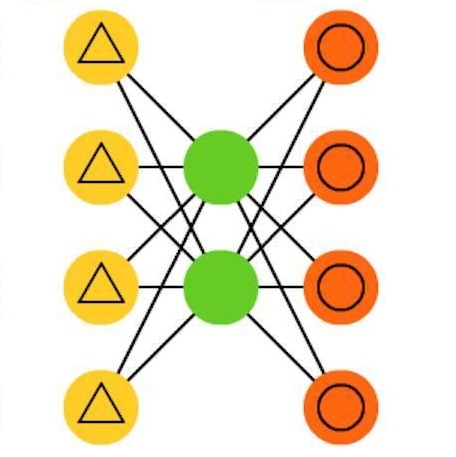This paper presents a systematic study of the effects of hyperspectral pixel dimensionality reduction on the pixel classification task. We use five dimensionality reduction methods -- PCA, KPCA, ICA, AE, and DAE -- to compress 301-dimensional hyperspectral pixels. Compressed pixels are subsequently used to perform pixel classifications. Pixel classification accuracies together with compression method, compression rates, and reconstruction errors provide a new lens to study the suitability of a compression method for the task of pixel classification. We use three high-resolution hyperspectral image datasets, representing three common landscape types (i.e. urban, transitional suburban, and forests) collected by the Remote Sensing and Spatial Ecosystem Modeling laboratory of the University of Toronto. We found that PCA, KPCA, and ICA post greater signal reconstruction capability; however, when compression rates are more than 90\% these methods show lower classification scores. AE and DAE methods post better classification accuracy at 95\% compression rate, however their performance drops as compression rate approaches 97\%. Our results suggest that both the compression method and the compression rate are important considerations when designing a hyperspectral pixel classification pipeline.
翻译:本文对超光谱象素维度减少对像素分类任务的影响进行系统研究。 我们使用五维减少方法 -- -- CPA、KPA、ICA、ACA、AE和DAE -- -- 压缩301维超光谱像素。 压缩像素随后被用于进行像素分类。 象素分类分数以及压缩方法、压缩率和重建错误为研究压缩方法是否适合像素分类任务提供了新的透镜。 我们使用三种高分辨率超光谱图像数据集,代表多伦多大学遥感和空间生态系统建模实验室收集的三种通用景观类型(即城市、过渡性郊区和森林)。 我们发现,CCA、KPA和ICA的信号重建能力更大; 但是,当压缩率与压缩方法相比超过90 ⁇ 时,这些方法显示分类分数较低。 AE和DAE方法将分类精确度提高到95 ⁇ 压缩率,尽管其性能下降率接近97 ⁇ 。 我们的结果表明,压缩方法和压缩率都是设计超光谱质光谱分类时的重要考虑因素。



